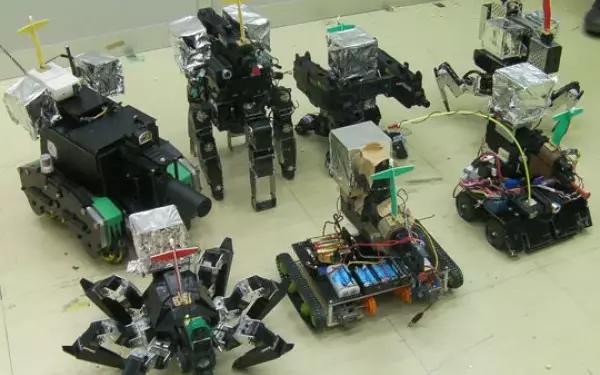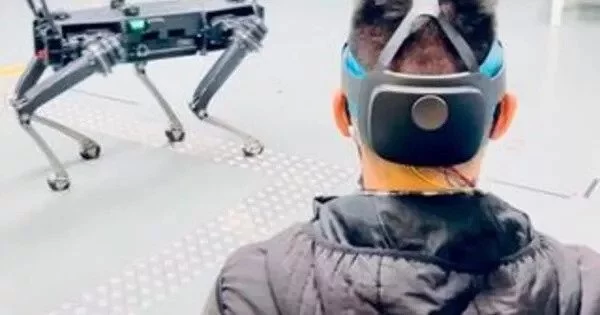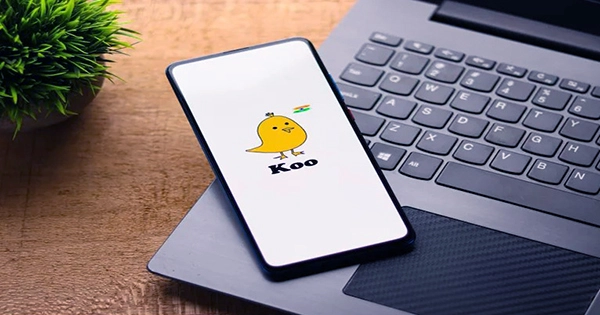Robotic proxies, also known as telepresence robots or telepresence systems, are devices that allow remote users to interact with one another in real-time. They enable people to feel present and interact with a remote location as if they were physically present.
Cornell University researchers have created ReMotion, a robot that occupies physical space on behalf of a remote user, mirroring the user’s movements in real-time and conveying key body language that is lost in standard virtual environments.
“Pointing gestures, perception of another’s gaze, intuitively knowing where someone’s attention is – in remote settings, we lose these nonverbal, implicit cues that are very important for carrying out design activities,” said Mose Sakashita, a doctoral student in information science.
Sakashita is the lead author of “ReMotion: Supporting Remote Collaboration in Open Space with Automatic Robotic Embodiment,” which he presented at the Association for Computing Machinery CHI Conference on Human Factors in Computing Systems in Hamburg, Germany. “With ReMotion, we show that we can enable rapid, dynamic interactions through the help of a mobile, automated robot.”
Pointing gestures, perception of another’s gaze, intuitively knowing where someone’s attention is – in remote settings, we lose these nonverbal, implicit cues that are very important for carrying out design activities.
Mose Sakashita
The nearly six-foot-tall device has a monitor for a head, omnidirectional wheels for feet, and game-engine software for brains. It automatically mirrors the remote user’s movements, thanks to NeckFace, a Cornell-made device that tracks the remote user’s head and body movements. The motion data is then remotely transmitted in real-time to the ReMotion robot.
Telepresence robots are not new, but remote users typically have to steer them manually, which distracts from the task at hand, according to the researchers. Researchers added that other options, such as virtual reality and mixed reality collaboration, may also necessitate an active role from the user, and headsets may limit peripheral awareness.

When compared to an existing telerobotic system, nearly all participants in a small study reported having a better connection with their remote teammates when using ReMotion. Remote collaborators’ shared attention was also significantly higher, according to participants.
ReMotion currently only works with two users in a one-on-one remote environment, and each user must occupy physical spaces that are identical in size and layout. ReMotion developers plan to investigate asymmetrical scenarios in the future, such as a single remote team member collaborating virtually via ReMotion with multiple teammates in a larger room.
Robotics and communication technology advancements have significantly improved the capabilities of telepresence systems, providing more immersive experiences and greater user control. It is important to note, however, that the availability and adoption of robotic proxies may vary depending on factors such as cost, infrastructure, and specific use cases.
Sakashita believes that with further development, ReMotion could be used in virtual collaborative environments, as well as classrooms and other educational settings.
















